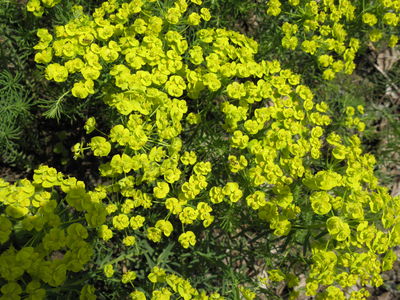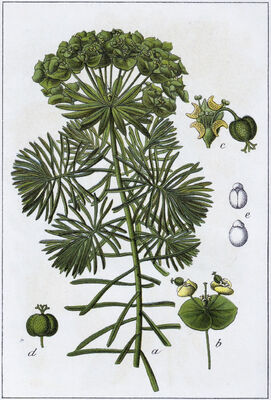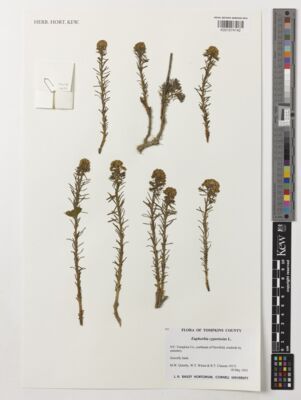Native to:
Albania,
Austria,
Baltic States,
Belarus,
Belgium,
Bulgaria,
Central European Rus,
Czechoslovakia,
East European Russia,
Finland,
France,
Føroyar,
Germany,
Greece,
Hungary,
Italy,
Krym,
Netherlands,
Northwest European R,
Norway,
Poland,
Portugal,
South European Russi,
Spain,
Sweden,
Switzerland,
Turkey,
Turkey-in-Europe,
Ukraine,
West Siberia,
Yugoslavia
Introduced into:
Alabama,
Arkansas,
British Columbia,
California,
Colombia,
Colorado,
Connecticut,
Corse,
Delaware,
District of Columbia,
Georgia,
Great Britain,
Idaho,
Illinois,
Indiana,
Iowa,
Japan,
Kansas,
Kentucky,
Maine,
Manitoba,
Maryland,
Massachusetts,
Michigan,
Minnesota,
Missouri,
Montana,
Nebraska,
Nevada,
New Brunswick,
New Hampshire,
New Jersey,
New York,
New Zealand North,
New Zealand South,
Newfoundland,
North Carolina,
North Dakota,
Nova Scotia,
Ohio,
Ontario,
Oregon,
Pennsylvania,
Primorye,
Prince Edward I.,
Québec,
Rhode I.,
Romania,
Sardegna,
Saskatchewan,
South Carolina,
Tasmania,
Tennessee,
Texas,
Utah,
Vermont,
Virginia,
Washington,
West Virginia,
Wisconsin,
Wyoming






















